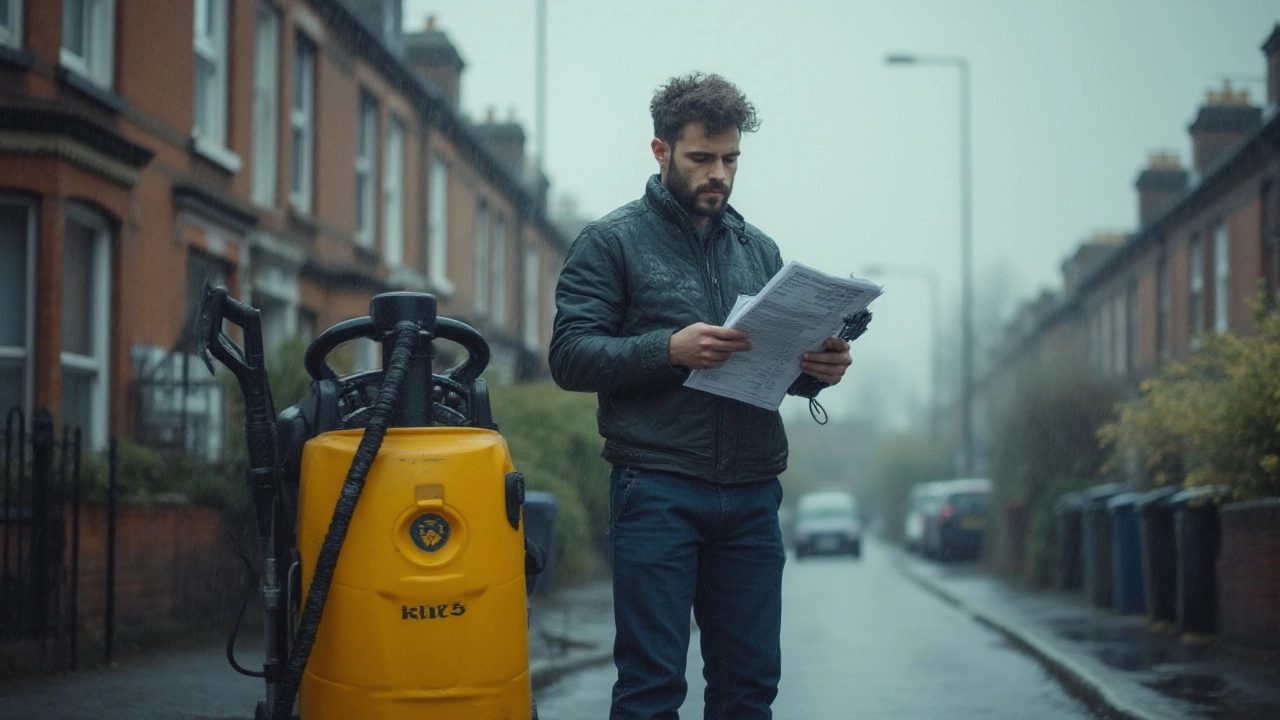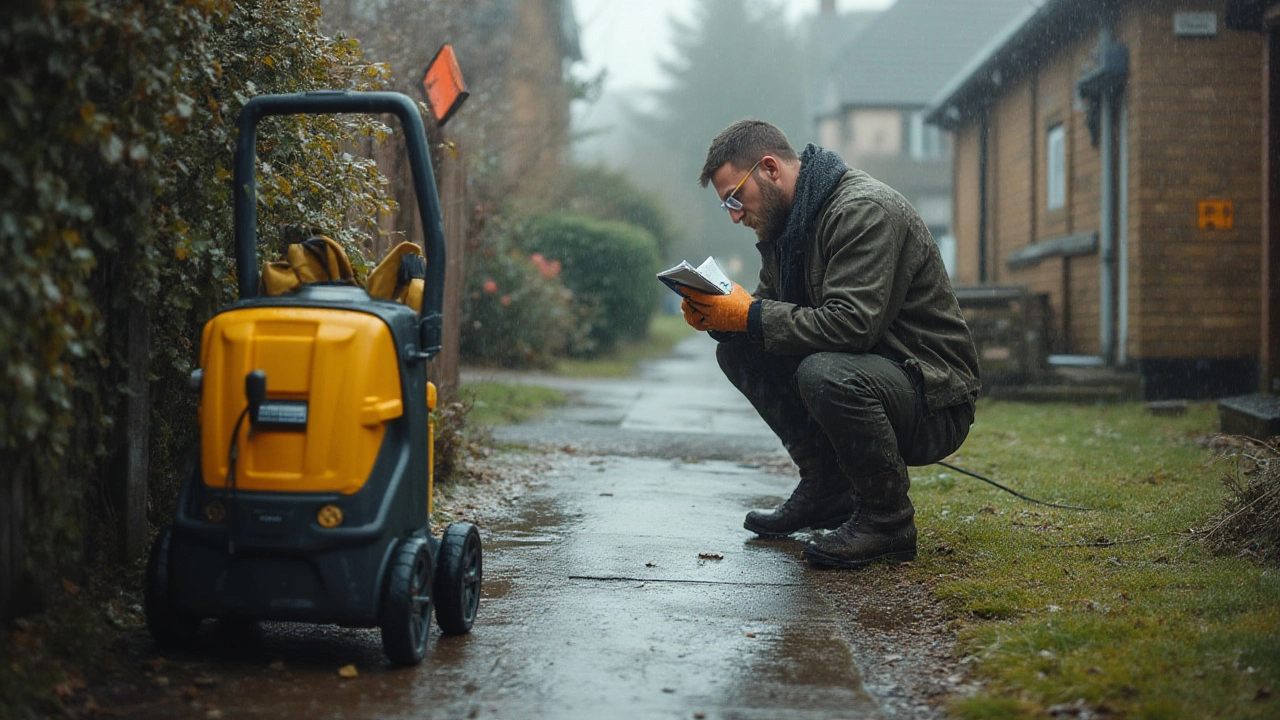Business Risks Every Cleaning Service Should Know
Running a cleaning business sounds simple – grab a mop, show up, get paid. In reality, there are hidden risks that can wipe out profit fast. Knowing these risks helps you plan ahead, avoid nasty surprises, and keep clients happy.
Common Risks in Cleaning Operations
First up is liability. If a client slips on a wet floor you just mopped, you could face a claim. Carrying proper public liability insurance covers the cost, but the real win is preventing the incident. Use “wet floor” signs, keep aisles clear, and train staff to leave surfaces dry.
Second, employee safety. Cleaning crews handle chemicals, ladders, and heavy equipment daily. Without proper training, they risk burns, falls, or repetitive‑strain injuries. Provide a short safety briefing before each job, supply gloves and goggles, and make sure everyone knows how to lift safely.
Third, equipment damage. Vacuums, pressure washers, and floor polishers are expensive. If a technician drops a tool or uses it on the wrong surface, repair costs add up. Keep a maintenance log, schedule regular checks, and store gear in a designated area to extend its life.
Fourth, regulatory compliance. Health and safety laws, waste disposal rules, and data protection (when you store client details) all have legal weight. Missing a deadline can mean fines or loss of license. Set calendar reminders for paperwork and use a simple checklist to verify each requirement before you start a job.
How to Protect Your Business
Start with a solid contract. Spell out what services you provide, the client’s responsibilities (like clearing clutter), and what happens if something goes wrong. A clear contract limits misunderstandings and gives you a legal fallback.
Next, get the right insurance. Public liability is a must, but you might also need workers’ compensation, equipment cover, and professional indemnity if you give advice on cleaning methods. Talk to a broker who understands the cleaning sector to avoid gaps.
Invest in training. A short video or on‑site demo on chemical handling and safe ladder use only takes an hour but can prevent months of headaches. Keep records of who attended – it shows you’re serious about safety and helps with insurance claims.
Use a risk checklist for every job. Before you leave the van, confirm you have the correct cleaning solutions, safety signs, and PPE. After the job, note any near‑misses or equipment wear. Over time the list highlights patterns you can fix before they become costly.
Finally, stay organized with digital tools. A simple spreadsheet can track contracts, insurance renewal dates, and employee training logs. When everything is in one place, you waste less time chasing paperwork and more time cleaning.
Cleaning businesses thrive on repeat clients and good word‑of‑mouth. By spotting the main risks early and putting simple safeguards in place, you protect your bottom line and build a reputation for reliability. Keep the focus on safety, insurance, and clear contracts, and you’ll spend more time polishing windows than worrying about lawsuits.

Biggest Downsides of Starting a Pressure Washing Business in 2025
Discover unexpected challenges and hard truths about launching a pressure washing business, from high costs to tough competition.
Read More
Pressure Washing Business Risks: Everything You Must Know Before Starting Up
Discover the real risks and challenges of starting a pressure washing business. Learn about safety, legal, financial, and market hurdles to make smarter choices before you launch.
Read More